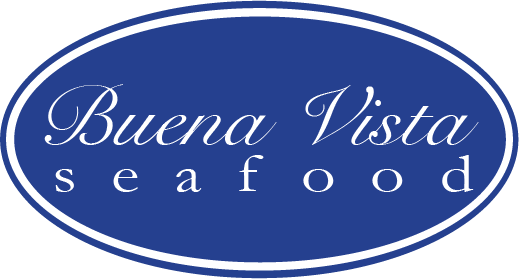Mauritius Red Drum
Sciaenops ocellatus
Common names:
Red Drum (USA), Red Fish (USA), Channel Bass (South Africa and UK), Tambour Rouge (France), Corvinon Ocelado (Spain), Ombrina Ocellata ( Italy )
Red Drum are perciformes of the sciaenidae family, originating in the Western Atlantic Ocean and widespread in the Gulf of Mexico. Usually shiny grey, bronze or slightly bronze red depending on the time of year, Red Drum have a distinguishing black spot on the tail.Red Drum has a firm white flesh with delicate flavour. It is a versatile fish suitable for all preparations both raw and cooked. It can be grilled, braised or fried.
Year round, consistent supply
Thanks to its geographical position, in the middle of the Indian Ocean, Mauritius has a warm tropical climate all year round. An important aspect of the farm is to protect and improve the environment to ensure its long- term future.
Sugar, Rum, Tea and now Red Drum
Mauritius is an island nation in the Indian ocean, located 1200 miles east of Madagascar. Thanks to its geographic location and rich history, It is an island with an extremely diverse population in terms of ethnicity, culture, faith and language.
Mauritius is known for its flora and fauna with many species endemic to the island. Only 40 miles long and 30 miles wide, Mauritius is surrounded by white sandy beaches and lagoons. It is protected from the open sea by the world's third largest coral reef which surrounds the island. Just off the coast of Mauritius are some 49 uninhabited islets, several of which have been declared natural reserves for endangered species.
The environment in Mauritius is typically tropical in the coastal regions with forests in the mountainous areas. Seasonal cyclones are destructive to its flora and fauna, although they recover quickly. During the cyclone season, the farm cages can be moved down into the water column providing maximum protection for the fish.
The Farm
Red Drum is farmed in 5 sites located on the east coast of the island of Mauritius, close to Pointe aux Feuilles, within the pristine sheltered lagoon that surrounds the island between the coast and the coral reef. The sites were selected to ensure excellent water quality and to protect the environment. The sites are located about 3 km from the coast where the water depth can reach up to 25 meters and where the current is pushed by the prevailing trade winds.
Every area contains 25 circular floating cages ranging in size from 20 to 25 m in diameter with a depth ranging from 10 to 15 m. During the annual cyclone season, where necessary, each site can be sent below sea level for ensuring the safety of the fish. All the feed is certified and does not contain artificial additives or genetically modified ingredients, in order to ensure excellent fish quality.
Vertical Integration
The farm maintains its own broodstock as well as a state of the art hatchery located on the coast at Pointe aux Feuilles. The hatchery operates on a closed system to ensure bio-security of the operations. It has the capacity to produce up to five million fingerlings annually and is designed to be easily expanded as the operations expand. The hatchery operations are entirely geared towards the quality of the product in strict compliance guidelines pertaining to organic fish farming. Guarantees can be provided regarding the non-use of antibiotics, growth boosters or Genetically Modified Feed Ingredients
Ferme Marine de Mahebourg operates a state of the art processing plant located within 50 metres of the shoreline where harvested fish are landed.The plant totals 1200 sq m and operates to the highest international standards. The plant is European Union approved, approval number DVS/FP9/MU. The plant is divided into three processing sections, receiving, gutting and filleting, this ensures the highest hygiene standards are maintained throughout. In the receiving area, chill killed fish are received from the early morning harvest, sorted for quality and size and recorded to the sophisticated production monitoring system. In the gutting room fish are headed, gilled and gutted before finally passing to the filleting room where portions and fillets are produced.
Certifications
The farm hold several internationally known certifications including:
Global G.A.P.
Halal
FDA certified processing plant

